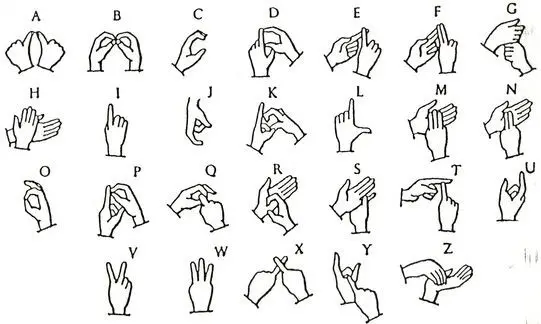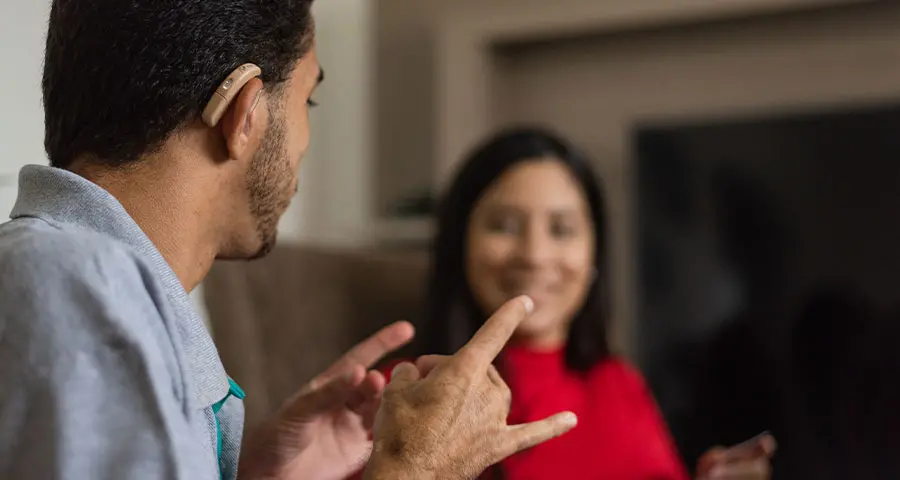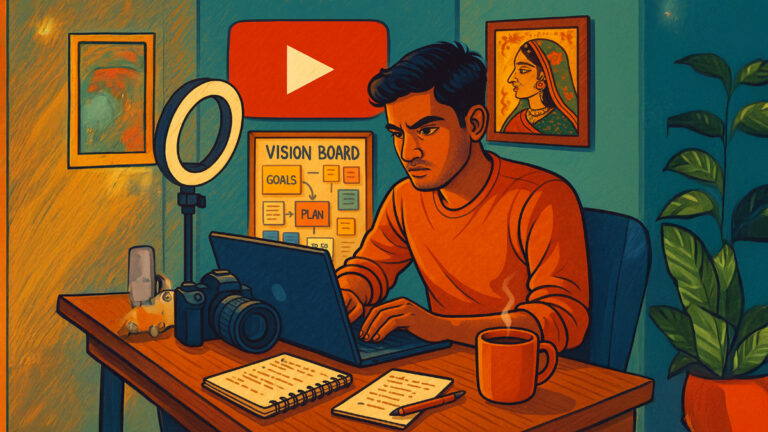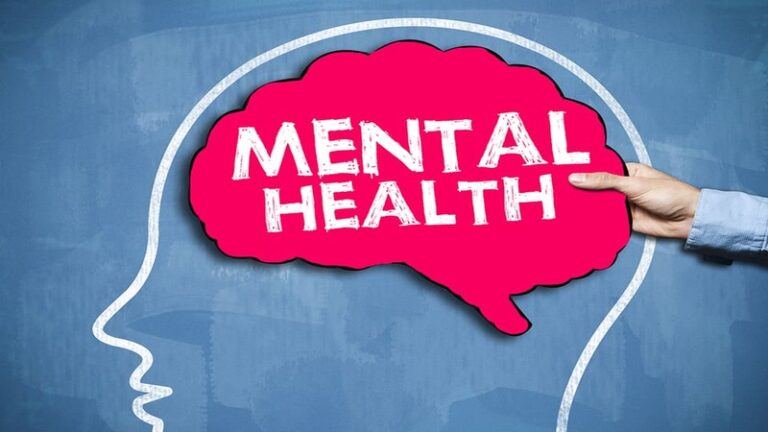The International Day of Sign Language is a significant global observance that celebrates the richness and importance of sign languages in the lives of deaf and hard-of-hearing individuals. This day, which falls on September 23rd each year, provides an opportunity to raise awareness about the linguistic and cultural rights of the deaf community, promote the use of sign languages, and advocate for inclusive policies and accessibility. In this essay, we will explore the history of sign languages, the importance of the International Day of Sign Language, its significance in promoting inclusivity and linguistic diversity, and the challenges faced by the deaf community worldwide.
Sign languages are fully-fledged natural languages used by deaf and hard-of-hearing individuals to communicate with one another and with the hearing world. These languages are rich, complex, and unique, with their own grammar, syntax, and vocabulary. Despite their significance, sign languages have often been marginalized and underestimated. The International Day of Sign Language, established by the United Nations, serves as a platform to recognize the cultural and linguistic diversity of sign languages and to promote the rights of deaf individuals worldwide.
Historical Background of Sign Languages
Sign languages have a long history that predates written languages. Deaf communities have used sign languages for centuries, developing them organically as a means of communication. These languages have been vital for deaf individuals to connect with each other and navigate the hearing world. However, it wasn’t until the 18th century that sign languages started to gain recognition and study.
One significant figure in the history of sign language is Abbe Charles-Michel de l’Épée, a French educator who is often credited with developing one of the first formal sign languages. In the late 18th century, he founded the first public school for the deaf in Paris and created a system of manual signs to teach deaf students. This system, known as Old French Sign Language, laid the foundation for modern sign languages.
The 19th and 20th centuries saw the emergence of various sign languages around the world. American Sign Language (ASL), for instance, developed independently from French Sign Language and became the primary sign language in the United States and parts of Canada. Other countries developed their own sign languages, such as British Sign Language (BSL) and Japanese Sign Language (JSL).

International Day of Sign Language: A Celebration of Linguistic and Cultural Diversity
The International Day of Sign Language, established by the United Nations in 2017, aims to celebrate the linguistic and cultural diversity of sign languages and raise awareness about the rights of deaf individuals. This day is not only about recognizing the existence of sign languages but also acknowledging their significance in the lives of millions of people worldwide.

Promoting Linguistic Diversity
Sign languages are not universal; they vary from one country or region to another, just like spoken languages. Each sign language is a reflection of the culture, history, and identity of its deaf community. The International Day of Sign Language celebrates this linguistic diversity and emphasizes that sign languages are legitimate and fully functional means of communication.
Advocating for Inclusivity
One of the primary goals of this day is to promote inclusivity and equal opportunities for deaf individuals. By recognizing sign languages and their importance, society can work towards breaking down communication barriers and ensuring that deaf people can participate fully in all aspects of life, from education and employment to social interactions and access to information.
Highlighting Deaf Culture
Deaf culture is a vibrant and unique culture with its own traditions, art forms, and values. Sign languages are an integral part of this culture, and the International Day of Sign Language provides an opportunity to showcase and celebrate the rich heritage of deaf communities worldwide.
Advocacy for Rights
The International Day of Sign Language also serves as a platform for advocacy. It allows organizations and individuals to raise awareness about the rights of deaf individuals, including their right to education, access to information, and participation in decision-making processes.
Challenges Faced by the Deaf Community
While the International Day of Sign Language is a positive step towards recognizing the rights and contributions of deaf individuals, it is essential to acknowledge the challenges they continue to face. Some of the key challenges include:
Limited Accessibility:
Many deaf individuals still encounter barriers to accessing education, healthcare, and information due to a lack of sign language interpretation and inadequate accommodations.
Stigma and Discrimination
Deaf individuals often face discrimination and societal stigma, which can limit their opportunities and hinder their social integration.
Lack of Awareness
There is a general lack of awareness about sign languages and the deaf community, leading to misconceptions and misunderstanding.
Language Preservation
Some sign languages are at risk of decline or extinction, especially in small or isolated communities. Efforts are needed to preserve and revitalize these languages.
Technological Advancements
While technology has brought about significant improvements in communication for deaf individuals, not everyone has access to these technologies, and there are still gaps in accessibility.

The Role of Education and Sign Language
Education plays a crucial role in addressing many of the challenges faced by the deaf community. Access to quality education in sign language is essential for the development of deaf individuals’ language skills, cognitive abilities, and social integration. Inclusive education environments that provide sign language instruction and support are vital for ensuring that deaf students have the same opportunities as their hearing peers.
Furthermore, sign language education is not limited to deaf individuals alone. It is also valuable for hearing individuals who interact with the deaf community, such as family members, educators, and healthcare professionals. Learning sign language promotes better communication and understanding, fostering a more inclusive society.
The Impact of Sign Language Recognition on Policy
The recognition of sign languages and the celebration of the International Day of Sign Language have led to positive changes in policies and legislation worldwide. Several countries have taken significant steps to protect the linguistic and cultural rights of their deaf citizens. These policies include:
Official Recognition
Some countries have officially recognized their national sign languages as part of their cultural heritage, granting them legal recognition.
Inclusive Education
Many countries have implemented policies to ensure that deaf students have access to inclusive education, with sign language as the medium of instruction when needed.
Accessibility
Governments have worked to improve accessibility in public spaces, including the provision of sign language interpreters at important events and in government offices.
Media and Communication
Policies have been developed to promote the use of sign language in media, including television broadcasts and online content.
Employment Opportunities
Some countries have introduced policies to support the employment of deaf individuals and ensure they have equal opportunities in the job market.
Global Impact and Future Directions
The International Day of Sign Language has had a significant global impact in raising awareness about the rights and needs of the deaf community. It has fostered a sense of unity among deaf individuals and their allies worldwide. However, there is still much work to be done to achieve full inclusivity and equality for the deaf community.
Moving forward, it is essential to continue advocating for the recognition of sign languages, the promotion of inclusive education, and the removal of barriers to communication and participation. This includes ongoing efforts to:
Promote Linguistic Rights
Ensure that deaf individuals have the right to use their preferred sign language and that sign languages are recognized and respected as legitimate languages.
Increase Accessibility
Continue to improve accessibility in various domains, including education, healthcare, legal services, and entertainment, by providing sign language interpretation and other accommodations.
Raise Awareness
Educate the public about the diversity of sign languages and the rich culture of deaf communities to reduce stereotypes and misconceptions.
Support Language Preservation
Invest in efforts to document and preserve endangered sign languages to safeguard linguistic diversity.
Advocate for Policy Changes
Advocate for policies and legislation that protect the rights of deaf individuals and promote their full inclusion in society.
The International Day of Sign Language is a powerful reminder of the importance of linguistic and cultural diversity in our global community. Sign languages are not merely a tool for communication but a fundamental aspect of the identity and culture of deaf communities around the world. This day serves as a platform to celebrate these languages, raise awareness about the challenges faced by the deaf community, and advocate for their rights.
As we move forward, it is crucial to continue our efforts to promote inclusivity, accessibility, and equality for all individuals, regardless of their hearing status. Recognizing and valuing sign languages is not only a matter of linguistic diversity but also a reflection of our commitment to a more inclusive and just society where every voice is heard and understood.









































